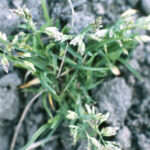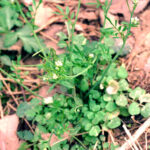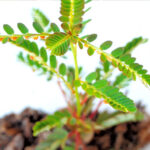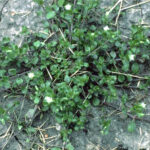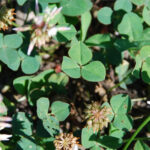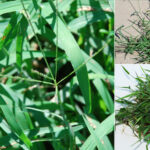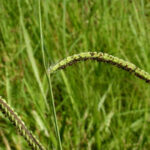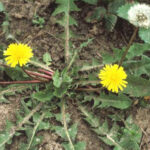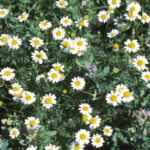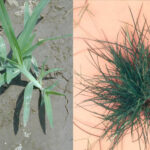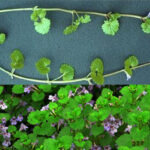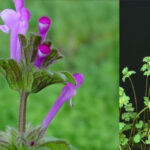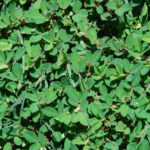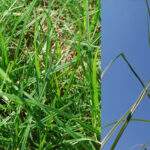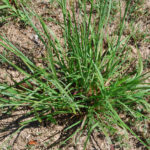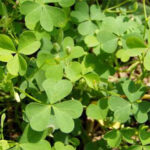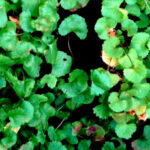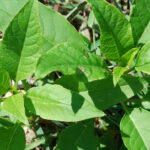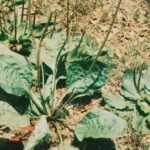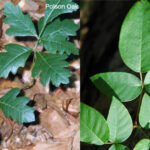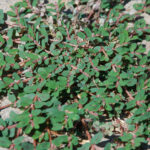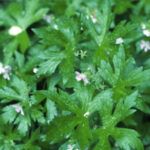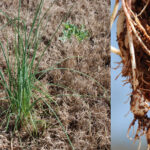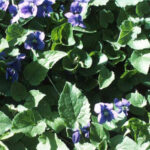TOP RATED LOCAL® LAWN CARE EXPERTS
A HIGHER LEVEL OF LAWN CARE
WEEDS GALLERY
Left alone, weeds will thrive even better than your lawn, stealing water and nutrients from the grass. That’s why you need more than just a lawn mowing service; you need a lawn maintenance company that understands weeds from the root to the bloom, one that can offer the best in organic weed control. We’re called WeedPro for a reason, because we know exactly what types of weed control service will do best in your yard. We offer a variety of pre-emergent and post-emergent herbicides that will be better for you, your family, and the environment.
Click on the pictures below to find out what each weed is, and then give WeedPro Lawn Care a call for the best weed control service in the Atlanta area.


